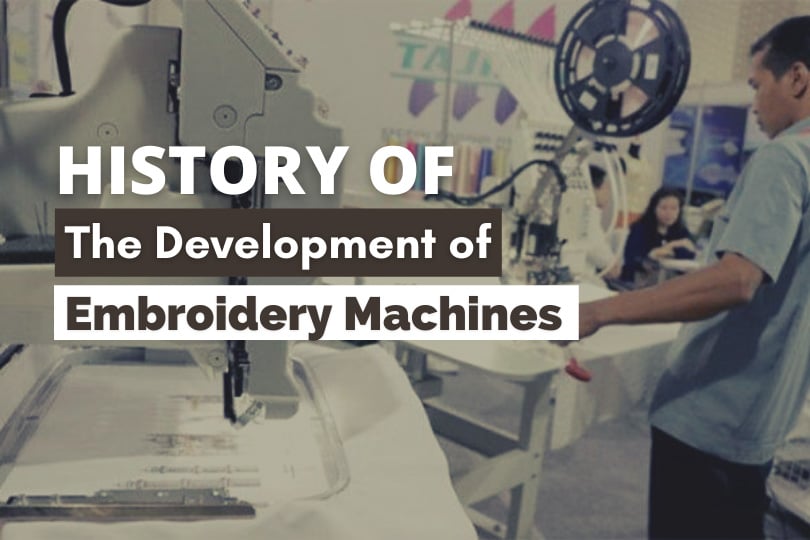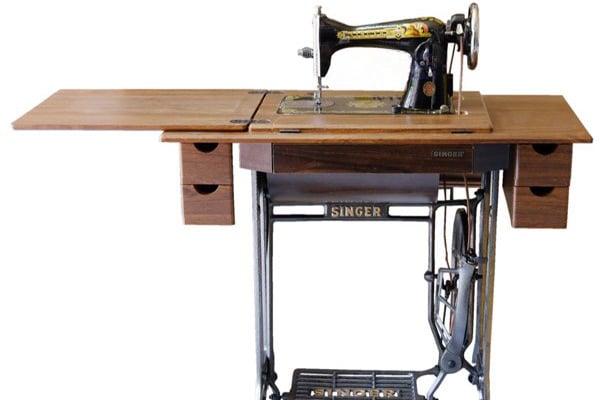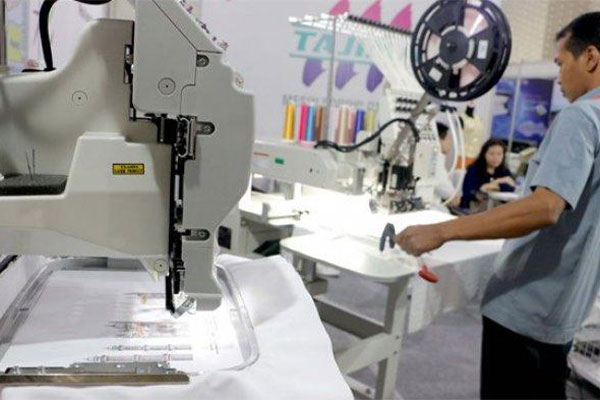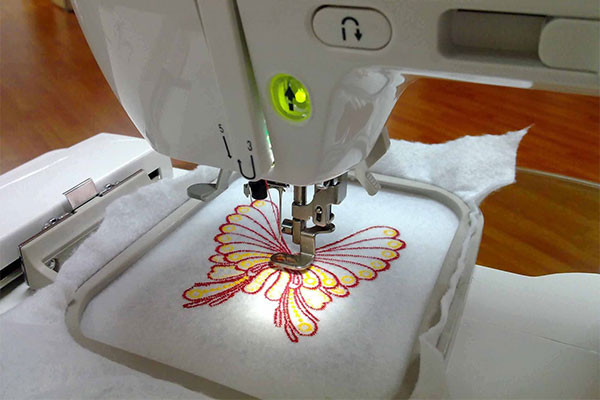The embroidery machine is a tool commonly used to make thread-based application decorations with a certain pattern on the fabric media. This embroidery machine is said to have been first made in the St. Gallen area of Switzerland and began to develop in the mid-19th century. From a functional point of view, this embroidery can be applied to t-shirts, company uniforms, or everyday clothes.
The high level of difficulty demands the accuracy of a craftsman in making embroidery if he doesn’t want to repeat his work from scratch. Since 1920 people have started to use wooden frames and manual sewing machines moved by foot as the main equipment for embroidery.
The Era Before the Embroidery Machine Was Invented
Until now, making embroidery motifs using manual sewing machines is still widely used by embroidery clothing craftsmen in Bandung, to be precise in the Soreang area as well as embroidery clothes craftsmen in the City of Tasikmalaya.
The craftsmen in the area have made embroidery products as a promising industry that is promising and provides a lot of progress for the community and local government.
Seeing the increasing need for embroidery, gradually embroidery craftsmen began to involve the help of sewing machines that were fully operated by humans to make decorative applications on these fabrics.
The development of embroidery machines continues to be carried out by experts until finally they are able to create computer embroidery machines that can be used to make embroidery motif designs on cloth automatically.
Computer Technology-Based Embroidery Machines
The development of computer technology-based embroidery machines made it possible for embroidery production to be carried out en masse in a relatively short time and accurately with even complex design patterns. It’s just that the beauty and flexibility of embroidery motifs that are done manually still have a high selling power compared to embroidery motifs that are done with computers.
Embroidery designs made with computer graphics systems were first introduced in 1980 by Wilcom. Subsequently an international distribution network called Melco formed by Randal Melton and Bill Childs created the first sample of embroidery heads used on looms to manufacture lace patches and large embroidery patterns with the aim of saving production time.
Related article: 10 Best Desktop Apps For Clothes Design
In 1980, Melco introduced a digital embroidery technique that was able to create embroidery design patterns that were six times the size of typical embroidery in Latin America. Melco was later patented thanks to its ability to make circular patterns and curved stitches that are generated from the keyboard.
Furthermore, in 1982 Wilcom developed the first multi-user embroidery machine technology, which allowed many workers to do embroidery activities at the same time. But in the end Melco was successfully acquired by Saurer in 1989.
Current Development of Embroidery Machines
Stepping on the 1990s, various embroidery machine companies finally adapted the commercial system and started marketing computer embroidery machines for the home industry. The use of an embroidery machine that is integrated with computer software allows a craftsman to create an embroidery design according to the desired pattern in no time.




